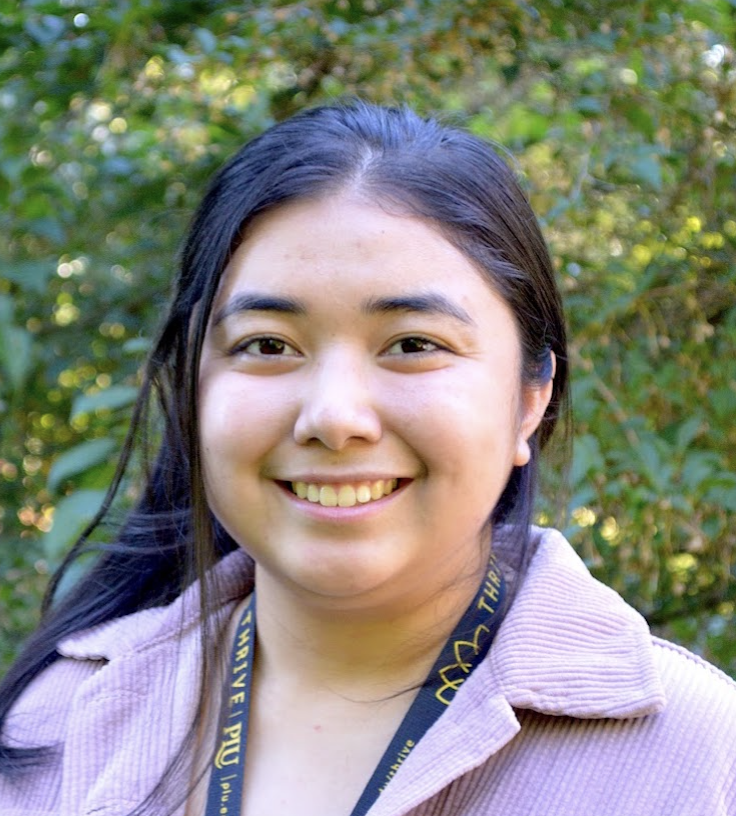Page 115 • (2,200 results in 0.047 seconds)
-
individual medley (1:59.58). These outstanding feats earned Simmons another All-America honor. In the fall of 1998, PLU transitioned from NAIA to NCAA Division III, marking a stark change in the qualifying times for swimmers nationwide. Simmons qualified and placed in both the 100 and 200 breaststroke events at the Division III meet in 1999, making him the only PLU swimmer to date to compete in an NCAA Division III championships. With a 10th-place finish in the 100 breaststroke and a 16th-place finish in
-
produced by University of Texas Health School of Nursing The relevance of the role of healthcare providers in the events in Nazi Germany to today’s healthcare providers will be discussed. The journey of a school of nursing in making a film about nurses in Nazi Germany as well as of the use of the film in nursing education is explored. Commentator and Presenter: Cathy L. Rozmus, Ph.D., R.N. Vice Dean UTH Professor Francis Nicosia Moderator: Robert P. Ericksen, Mayer Chair of Holocaust Studies, Emeritus
-

maintaining these relationships, Waite’s subjects told her. A wide-ranging conversation during a professor’s office hours beats email, precisely because of the opportunity to go off-topic. Classes, of course, played a crucial role in making these connections. Waite’s own experience followed a similar pattern. “I never set out to look for a mentor,” she said, but her professors “simply took an interest in my academic success, and I took an interest in them.” She took three classes with Heidi McLaughlin
-

beautiful, as well as complicated, as systems are not equitable for all and can create destruction of the natural world around us; it is the value to engage with these complications and strive toward making a positive change. Biography I come with several years of experience working in higher education. I interned at Northwest University in their Wellness Center in 2017-2018; then worked at Seattle Pacific University as a Career Counselor. I started at PLU in September of 2020 in the Alumni & Student
-
FactbookThe Factbook is a comprehensive collection of annual reports that provide detailed insights into various aspects of our university’s operations and student demographics. Compiled primarily from census data taken each fall semester, these reports are meticulously updated once per year to ensure accuracy and relevance. The Factbook serves as an essential resource for understanding trends and making informed decisions. It includes data on new and continuing students, overall headcount
-

and sustainable world. She shows care by making sure those around her never go hungry. Her higher education background lies in athletics, campus activities, fraternity and sorority life, and residential life. She enjoys spending time with her sisters and her dog, Dyno, in the outdoors.
-
experimental archeology projects to re-create and shape their sense of the historical Nordic world and their own Nordic identities. The galleries included displays of the results of many of these efforts with features on fighting and weaponry, armor, textile production, jewelry making and even blacksmithing. The exhibit encouraged visitors to touch and experience a wide variety of artifacts and materials so they too can have an immersive experience like those groups who are being featured. Additionally, a
-
ClassesWe are pleased to offer the community and PLU students the opportunity to engage with the handicrafts and skills of the Nordic and Scandinavian-American cultures through a variety of classes. Other crafts, such as wheat weaving, dalahäst painting, rosemaling, and paper heart making take place throughout the year. Sign up to be a member to be sure to hear about all of our upcoming classes!Nordic Folk Dance ClassesNordic Folk Dance Classes return to the SCC this fall, taught by Leslie
-
that threatened hypothermia and the crushing waves that forced four rowers to trade oars for buckets as they furiously bailed water from the Loyal Shoudy. “I didn’t think we would take on as much water as we did,” recalled Curt Pearson ’69, who was handed a bucket by the coxswain soon after entering Elliott Bay. “The boat was hardly moving. We had to do what we had to do.” Making the trek wasn’t the smartest decision, and the rowdown participants are first to admit it. But crew was life in those
-

creatures produce and release, the timing of these activities, and the underlying reasons driving such behavior. It is similar to solving a complex puzzle that promises deeper insights into the enigmas of our oceans. Flaspohler and Fisher collected water samples to identify the array of compounds present and their fluctuations over time. They also undertook hands-on experiments cultivating phytoplankton – microscopic plant-like organisms – within the lab. Their mission was twofold: they grew and
Do you have any feedback for us? If so, feel free to use our Feedback Form.


